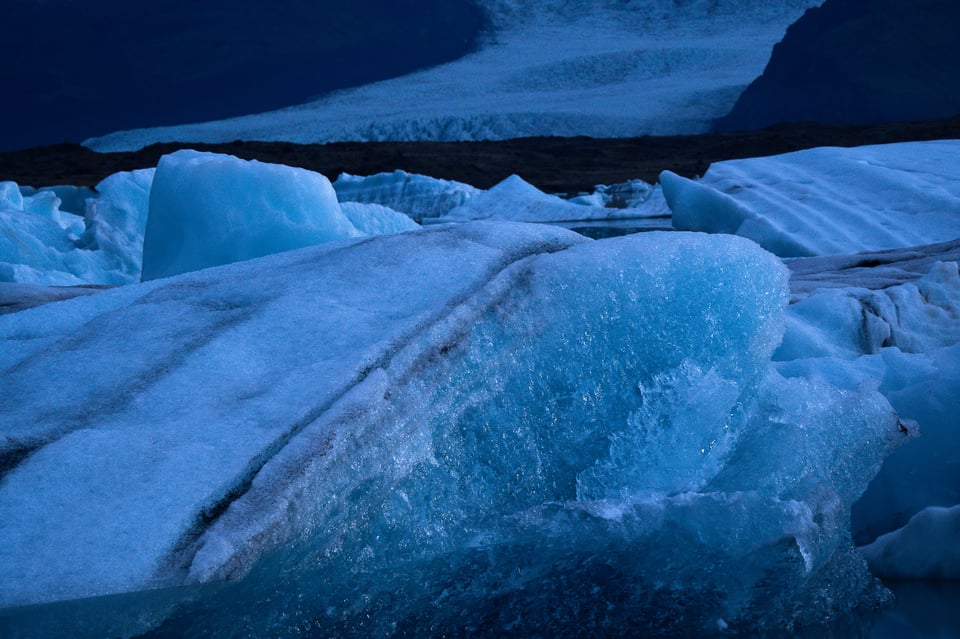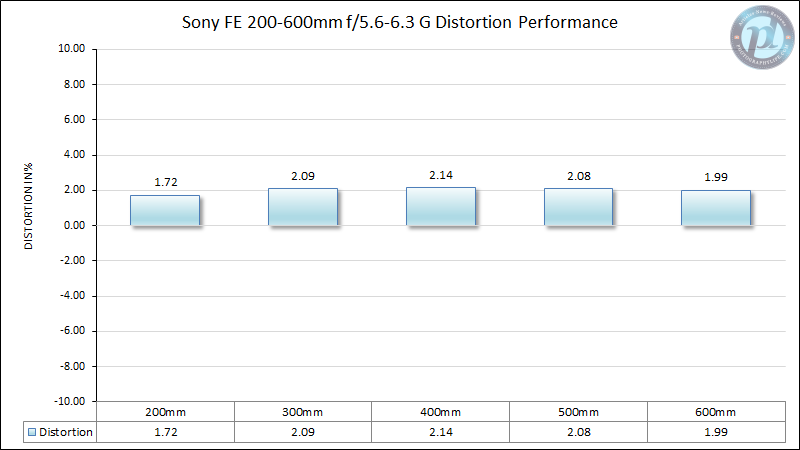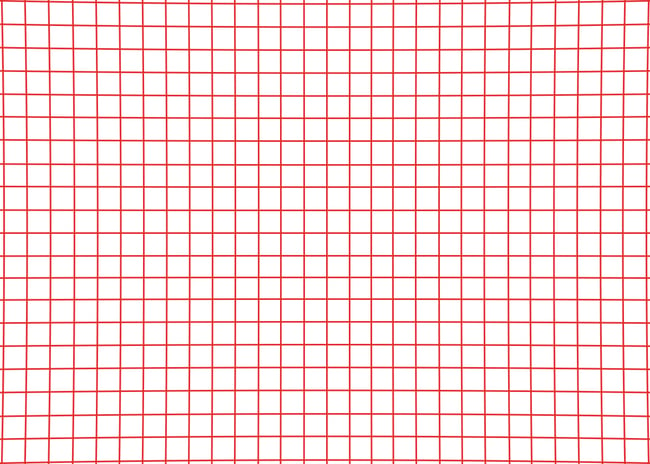Sony FE 200-600mm f/5.6-6.3 G Focusing Characteristics
The Sony FE 200-600mm f/5.6-6.3 G autofocuses quickly and almost silently, with very impressive accuracy both in the viewfinder and in live view. The accuracy was exceptionally high even in a lab environment which magnifies small focusing errors.
Because of the f/5.6-6.3 maximum aperture, this lens can potentially have a harder time focusing in lower light environments. However, the only brighter alternatives are either much more expensive (like the Sony 600mm f/4 GM) and/or not nearly as long. So, it’s kind of a moot point – not to mention that the 200-600mm still focused great in low light, in my experience. I used this lens to autofocus in some very dim environments without issue.

Tracking capabilities were also very good with the Sony 200-600mm f/5.6-6.3 G. The lens was able to pinpoint small, distant subjects and keep tracking them across the frame with sharp results.

There is some focus breathing, and you’ll see a direct example of that in the bokeh section in a minute. It’s not the worst we’ve seen, but the lens does have a shorter focal length as you focus more closely – it’s approximately a 500mm lens at close focus.
Speaking of which, the close focus capabilities of this lens are good but nothing unusual. The lens can reach a maximum magnification of 0.2x, or 1:5 magnification, which is plenty for some nice closeups but not quite macro territory. The minimum focusing distance of the lens is 2.4 meters (just shy of 8 feet).

Distortion
The Sony FE 200-600mm f/5.6-6.3 G has a relatively low and consistent level of distortion throughout the zoom range. Namely, it hovers around 2% pincushion distortion no matter what focal length you look at. Here’s a full chart showing the performance from 200mm to 600mm:

This is not a bad result at all, especially considering that distortion is unimportant to most supertelephoto images anyway. Unless you’re shooting some unorthodox architectural photos – which frankly would be pretty cool, and I’d love to see some photos like that if you have them – you can safely leave distortion corrections turned off with this lens.
For reference, here’s a simulation of 2.14% pincushion distortion:

Vignetting
In uncorrected images, the Sony FE 200-600mm f/5.6-6.3 G has very low levels of vignetting, though it still depends on your focal length. It’s a little higher at 600mm wide open, but still never bad, only reaching a maximum of 1.23 stops of vignetting. Here’s a full chart of vignetting levels at both close focus and infinity focus distances:


Close focus versus infinity focus doesn’t really seem to matter on this lens – the vignetting is about equally low in both cases. And while it does improve upon stopping down, it was already low enough wide open that you rarely will need to worry about vignetting corrections in post-processing.
Lateral Chromatic Aberration
There is a moderate amount of chromatic aberration on the Sony FE 200-600mm f/5.6-6.3 G at some focal lengths, especially on the wider end. It never reaches crazy values, but it does get to about 2 pixels of lateral chromatic aberration at 200mm when shooting wide open at f/5.6. That’s high enough that you’ll usually want to correct it in post, although not high enough that there will be too many lingering color artifacts once you do. The good news is that chromatic aberration on this lens improves substantially upon zooming in. It’s pretty low starting at about 400mm, and it becomes negligible at 500mm and 600mm. This is good news for wildlife photographers who plan to stick mostly to the longer focal lengths of this lens, especially for shooting in backlit conditions like up into the trees.
In any case, here’s the chart:

Again, this is definitely not a perfect performance at the wider focal lengths – I’d normally hope for a lens to reach no more than about 1.5 pixels of lateral CA at any point. But we’ve certainly seen worse, and the fact that it improves so much in the 500-600mm range definitely puts a positive twist on these results.
Sharpness
The Sony 200-600mm f/5.6-6.3 is a sharp and consistent lens, although it doesn’t reach the heights of Sony’s sharpest glass – which isn’t a big surprise for a lens that prioritizes price and features. Here’s how it performs throughout the zoom range:





What impresses me the most here is the consistency. Unlike many other zoom lenses, the Sony 200-600mm does not experience a major drop in sharpness at the longer focal lengths, which is a huge positive for sports and wildlife photography. Granted, 600mm is a little weaker than the other focal lengths, but the biggest differences are confined to the far corners – an area of the frame that will be out of focus anyway in most photos at 600mm.
It’s true that some Sony lenses do reach higher maximum sharpness numbers than this. However, there is never a point at which the Sony FE 200-600mm f/5.6-6.3 G performs badly. It is consistently good throughout the zoom range, and even at its worst, it remains more than usable. In that sense, it is on about the same level as the other 200-600mm (or similar) lenses that we’ve tested before.
Early Access:
See all of our sharpness tests weeks (or months) before we publish the full review when you become a Photography Life Member. Photography Life Members can also access our Online Workshops, monthly photo critiques, Creative Landscape Photography eBook, and more. Thank you for supporting Photography Life – we are an ad-free website thanks to you!
Bokeh
Bokeh is another word for the qualities of the background blur in a photo. “Good” bokeh is completely subjective, since different photographers have their own preferences for how the background blur looks. That said, photographers commonly want their background blur to be soft, not distracting. Out-of-focus highlights that are round, uniform, and soft-edged are usually considered favorable.
Honestly, I would not call the Sony 200-600mm f/5.6-6.3 a bokeh champ, although thankfully the long focal length means that you’ll still get stunning out-of-focus backgrounds in most of your photos with this lens. The only reason that my impressions are more mixed, then, is that the lens really doesn’t appear to offer quite as gentle of a background blur compared to some alternatives. For example, here’s a photo taken with the Sony 200-600mm and the Nikon Z 180-600mm, both at 600mm and f/6.3:


And here’s a pair of crops to make the difference even clearer:


On one hand, the Sony has more focus breathing than the Nikon, so it was effectively shot at a wider focal length. But beyond that, the busier bokeh almost makes it seem like the Sony image had been taken at a slightly narrower aperture, even though both were shot at f/6.3. In any case, the out-of-focus background blur of the Sony 200-600mm is not as nice as that of the Nikon, at least to my eye.
Again, bokeh is subjective – and we’re also dealing with such a long focal length that most of your photos with the Sony will have lovely background blur anyway. So, you can take my mixed feelings on the 200-600mm’s bokeh as merely a comparative thing. In other words, you may notice a little harsher background if you use a different 600mm lens side-by-side, but in a vacuum, you’ll still have no trouble getting beautiful bokeh with this lens.

The next page of this review dives into the sharpness numbers a bit more, with some comparisons against other lenses that Sony users may be considering. So, click the menu below to go to “Lens Comparisons”:
Table of Contents